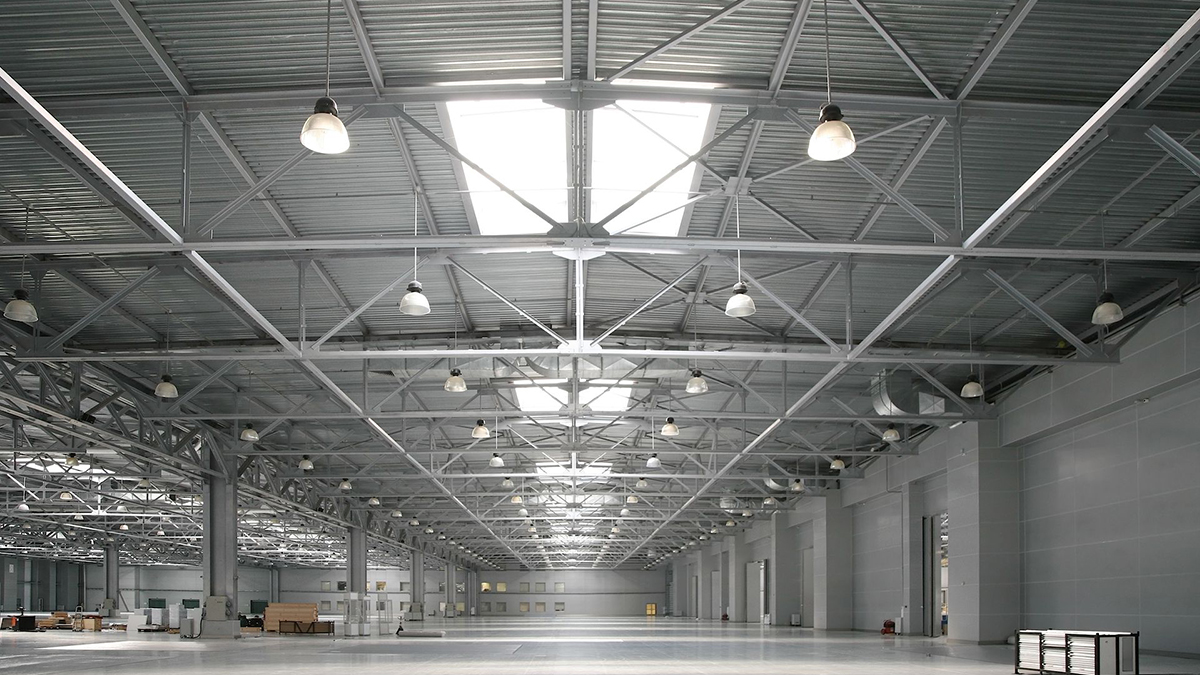As the number of e-commerce transactions continues to surge, there is a parallel increase in the demand for logistics services. Amidst the ongoing transformation and upgrade of the industry, the integration of smart technology has emerged as a pivotal factor in driving its development.
Logistics Handling Equipment and Efficient Operations in Warehousing
Different Types of Logistics Handling Equipment:
Loading and Unloading Operations:
Forklifts: Widely used in various settings for their ability to lift heavy objects easily and maneuverability.
Stacker: Automatically stows goods on pallets.
Depalletizer: Unloads goods stacked on pallets.
Packing and Unpacking Systems:
Operations involving loading goods into containers ("boxing") and unloading goods from containers ("unpacking").
Automatic Labeling Machine: Prints and pastes labels on containers and cartons, enhancing efficiency.
Moving in the Warehouse:
Trolley: Basic equipment for moving goods within warehouses and distribution centers.
Automatic Guided Vehicle (AGV): Self-propelled transport trolleys guided by magnetic tapes on the ground.
Roof Hanging Rail Trolley: Travels along tracks laid on the roof, facilitating various operations within the warehouse.
AI-Equipped Automatic Handling Robot: Features AI for independent delivery, operation tracking, and shelf movement.
Sorting Operations:
Conveyor Belt: Moves materials at a certain speed, widely used in logistics.
Sorter (Automatic Sorter): Automatically sorts goods, with various types such as slider, tray, cross-belt, and pop-up wheel.
Automatic Labeling Machine: Prints labels for containers and cartons.
Storage and Handling:
Automated Warehouse: Manages storage and retrieval of goods on shelves, including specialized solutions for picking.
Shipping Stage Operations:
Digital Picking System: Supports operators in picking by illuminating target products on digital displays.
Automatic Case Former: Automatically opens and seals cartons, saving time in packaging operations.
DWS (Dimensioning, Weighing, and Scanning): Measures volume, weight, barcode, etc., for accurate identification and fast delivery.
Efficient Logistics Operations
Simplification of Work:
Identify excess time and labor-consuming tasks.
Constantly question habits to eliminate redundant tasks.
Purify worksheets to retain practical and effective steps.
Optimization of Movement Lines and Layout:
Shorten the distance between processes for ease of use and work efficiency.
Balance safety concerns with the need to minimize wasted time in moving goods.
Utilization of Automation and Labor-Saving:
Replace visual inspection with handheld terminals for accurate and fast verification.
Handheld terminals reduce error rates, especially in checking operations.
Efficiency in warehousing operations is achieved through the strategic use of logistics handling equipment and the optimization of movement lines, layout, and automation technologies. Simplifying work processes and embracing modern technologies contribute to streamlined and error-free operations in the logistics industry.








.png)





